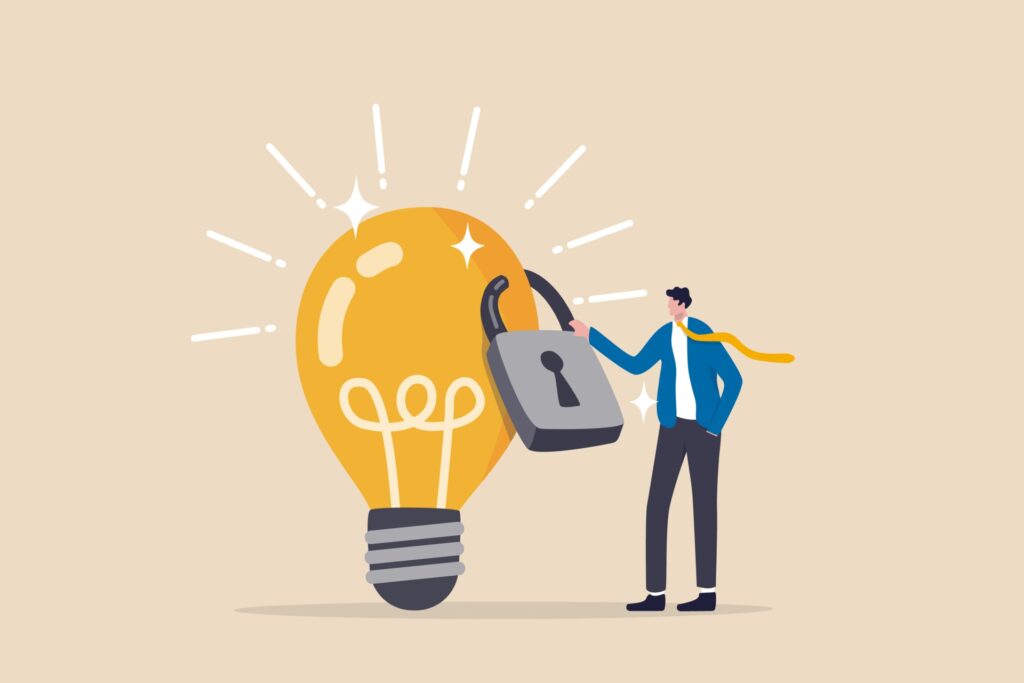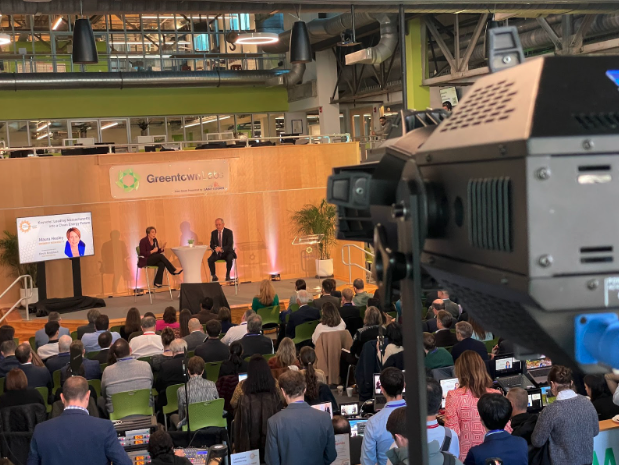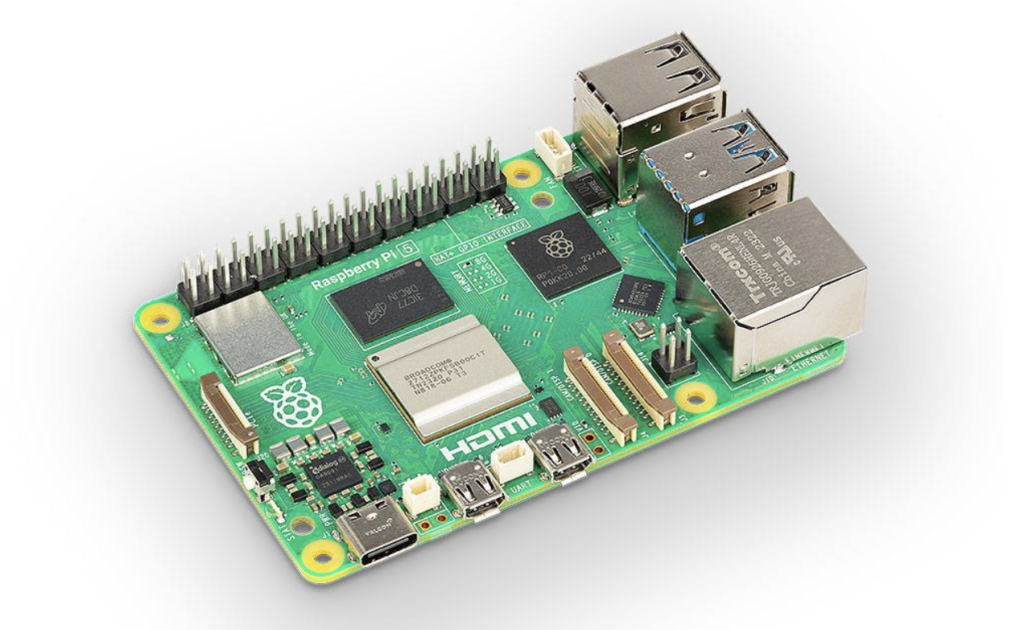
Kudos for coming up with the idea, having the audacity to chase it, and spending hours prototyping and iterating to get it just right. A fully-funded campaign is a fantastic beginning to making your product real, but the work is not over. Enventys Partners explains the product development steps you need to take to fulfill your crowdfunding promise.
Engineering, Manufacturing & Fulfillment Following a Successful Kickstarter
It is an immense achievement to have a successfully crowdfunded product. However, in the immortal words of As Seen On TV legend Billy Mays, “But wait. There’s more.” You’ve got months and potentially years ahead before finishing development, manufacturing and shipping your product to loyal backers. Through we recommended finishing as much as possible before the campaign even begins, Enventys Partners lays out the 6 phases of product development to carry out your crowdfunding promise.
1. Finish Product Development
Typically, the prototypes shown in crowdfunding videos and photography are working prototypes but are not ready for manufacturing. They have the “Goldilocks Quality,” which is just good enough to function and look beautiful, but not fully engineered for production. So, step one is to finish the engineering work.
Modify CAD Files
If the product is going to be made via a molding process, the CAD files must be modified so each part has the same wall thickness and can be removed from the tooling.
Get Electric Parts from Suppliers
Electrified products will need the printed circuit boards refined, or designed from scratch if the prototype uses developer circuitry like Arduinos or other microcontrollers. Any parts harvested from off-the-shelf products, like electric motors or switches, need to be found in catalogs or custom made from suppliers.
Test to Validate Any Changes
All of the updates to the product’s design need to then be tested in another round or more of prototyping to validate the changes. It can take hundreds of hours of iteration before the product is ready to see a factory.
2. Find your Manufacturer Through Sourcing
Sourcing is the task of finding the factory or contract manufacturer to mass produce your product. The first consideration in this process is typically geographically-based. It is often a goal for American innovators to manufacture domestically. However, the higher labor costs often make it impossible to manufacture cost-effectively in the States, even with the benefits of a shared language and timezone.
Consider Asia for Electronics and Soft Goods
Most electronics and soft good products are more economically made in Asia. China and Taiwan are the best for electronics and consumer goods while Vietnam and Cambodia are great for garments and textiles.
Verify Before Deciding
Finding a reputable factory can be a daunting task. Sourcing sites like Alibaba can be an effective way to browse, but it is important to verify a factory’s capabilities before choosing one. You can do this by either visiting yourself or paying a third party to check it out.
Don’t Share Files Without NDAs
Tradeshows, like CES, usually draw a good crowd of manufacturers with many reputable factories even exhibiting at shows in the US. While this is a great way to meet factory representatives first hand, you should prepare before going. Of course, do not share any design files until you have non-disclosure agreements (NDA) or confidentiality agreements in place.
3. Create the Tooling and Sampling
The first step in the mass manufacturing process is to create the tooling for the product. Tooling can be molds, forms, patterns, dies, masks or any other bespoke apparatus needed to make the components of your product. Each product will have a unique set of tooling that depends on the specifics of the product.
Identify Tools and Their Expenses
For printed circuit boards, its tools are the photo etching masks (used to make the copper traces on the board) and the solder masks (used to precisely place solder paste for the electronic components). Many products have injection molded parts, and its tools are usually cut from blocks of hardened steel that take weeks to machine. This can often be one of the biggest capital expenses of a manufacturing program.
Sample the Tooling and Assembly Techniques
Once the tools are made, the first samples of the production-grade product can be made. These samples are prototypes that are used to test out the manufacturing tooling and assembly techniques. This is to confirm that mass production runs will be done correctly.
Iterate and Revise Until It’s Approved
Every major iteration is given the designation “T” for “tooled sample” starting at T1. The T1 sample may be the wrong color, texture, or even have functional issues. This is why with each revision you specify all the areas that need improvement. One-by-one, the iterations will improve until a sample is approved to be the reference for your mass production run.
4. Manufacture Your Product
Manufacturing is where the hard work of sourcing and sampling pays off. At this point, the machines are prepared with the tooling in its final form and the assembly lines are created. Now you can finally make a mass production run so your product gets assembled and packaged.
Create Quality Control Measures
This can be a nerve-wracking part of the process because any mistake made here is not isolated to just one prototype but will likely impact thousands. Thus, it’s imperative to create a quality control process that ensures all finished goods will be working and in good shape when they make it to your customers. Once completed, the finished goods are placed in master cartons, which are multi-packs of your product, and then palletized for shipping to a warehouse or distribution center.
Prepare for Overseas Manufacturing
Since many crowdfunded products are made overseas, they must be properly shipped from the loading dock of the factory, across international borders, to your warehouse. Since this requires handling a lot of details, we highly recommended you use specialty shipping companies to navigate the paperwork and duties. Note that the shipping process of finished goods from abroad can take anywhere from just a few days to 40 or more depending on the size and type of the chosen shipment.
5. Establish a Shipping and Fulfillment Plan
Shipping products to customers is often done by a professional fulfillment house called a 3PL (Third-Party Logistics) company. There are 3PL warehouses all over the world so it is usually easy to find one conveniently located, but it can take some research and negotiation to find one that is right-sized for your product and can scale with you.
Understand Your 3PL
It is crucial to understand the fee structure for receiving orders, monthly warehousing, pick and pack, and the shipping cost itself. It is also important to make sure that the 3PL software integrates with your ecommerce or other sales system to make sure orders are shipped correctly.
Weigh Benefits of Self-Fulfillment vs. 3PL
The choice of 3PL should be made before the manufacturing run is completed so that shipment from the factory to the warehouse will be seamless. Particularly frugal or intrepid entrepreneurs may choose to warehouse and fulfill the product themselves out of a garage, but this technique often leads to frustration beyond the cost savings it may yield.
6. Scale After the First Run
Fortunately, manufacturing and fulfillment usually get easier after the first run. With the factory already chosen and the quality control systems established, new orders can be placed easily with known lead times. However, if the product is a hit, you may start taking purchase orders for quantities above and beyond what your current manufacturing solution is capable of.
Setup Multi-Cavity Tooling
If the quantities need to be ramped up, you may have to create multi-cavity tooling (think of a six muffin tray tin over a single). This is to make more of each part, to find new supplies for key purchased components and to expand assembly lines.
Scale With New or More Factories
With some due diligence upfront, you may have already found a factory that can scale with you. However, it is not uncommon to scale out of the original factory or bring on additional factories to accommodate the sales volume.
Enventys Partners Knows Product Development
If you need post-crowdfunding product development and fulfillment services, we’re the experts! Get in touch to find out how we can help you reach your business goals.
Work With Us
Want to learn more about how we’d prepare your product for launch? Request a quote today.
Want To See This Advice In Action?
Check out our case studies and learn more about how we’ve achieved stellar results for our clients.



